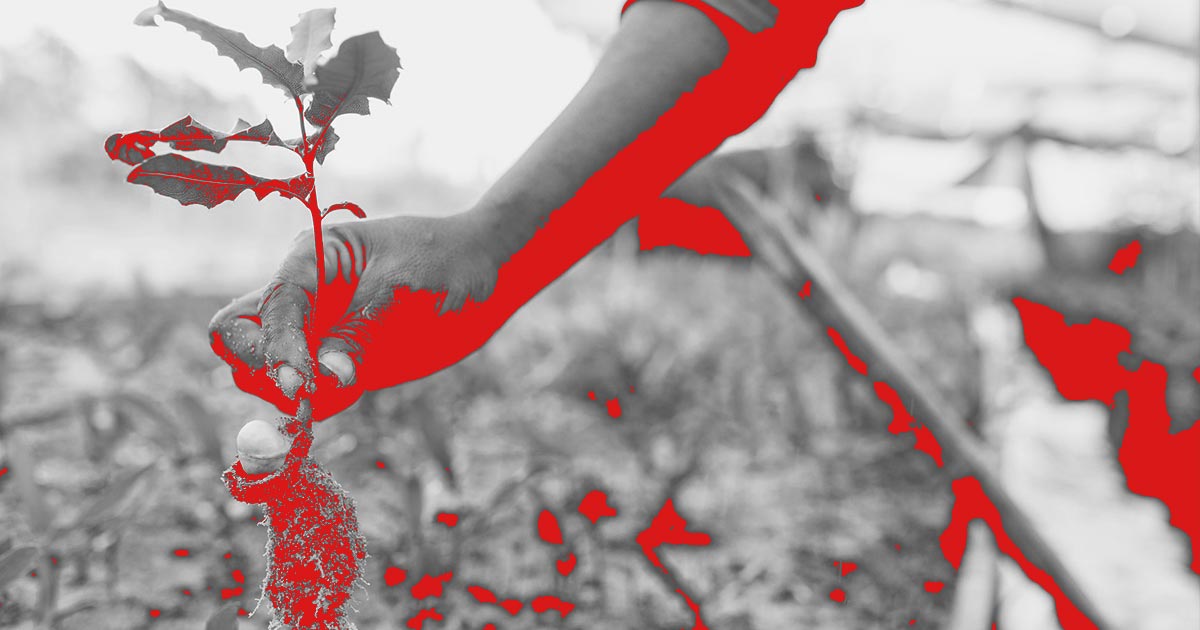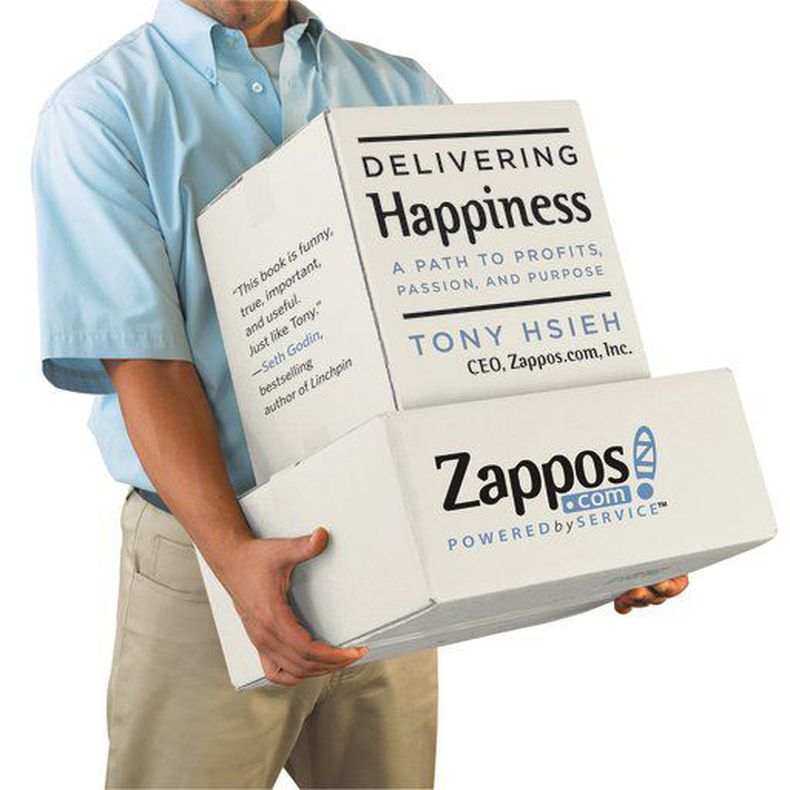
Steps to Creating a Brand Strategy for Long-Term Success
In Singapore’s fast-moving marketplace, thinking short-term about your brand is a strategic mistake. At Your Marketing Rules, our brand strategy Singapore framework helps businesses build brands designed for endurance — not luck. At Your Marketing Rules, we believe that luck is not a strategy — and your brand strategy must be built to last. A quick logo refresh or ad campaign won’t build lasting value. Whether you’re a start-up finding your footing, an SME scaling up, a law firm looking for distinctiveness, a wellness brand seeking resonance, or a gym wanting community and retention — the steps below will set you on the path to sustainable brand impact.
1. Why long-term brand strategy matters
Brand strategy isn’t optional. In Singapore today — where consumers are digital, discerning and quick to switch — brands that look disposable get treated as such. A well-crafted brand strategy does three things: gives you clarity, ensures consistency, and creates resilience. Local SME guidance confirms this: knowing what you stand for and who you serve is foundational.
When your brand strategy is solid, every marketing dollar works harder: your campaigns plug into bigger architecture, your visuals become recognisable, your voice becomes trusted. Without it, you’re just spending money hoping something sticks.
2. What a “brand strategy” really is (and what it isn’t)
Let’s clear a common misconception: brand strategy is *not* just choosing a logo, colour palette or tagline. Those are tactics. Brand strategy is the blueprint behind them — it says “who we are, why we exist, how we behave, how we’re different, where we’re going”. A strong local reference points to this exact structure for Singapore SMEs: purpose, identity, positioning, experience.
Think of it this way: your marketing is the engine; your brand strategy is the fuel—and if it’s low-quality or inconsistent, you’ll burn inefficiently. If you skip the architecture, you end up reacting, repositioning, rebranding and costing value.
3. Step 1: Conduct a brand audit & situational analysis
Before you move forward, look behind you and around you. What’s your brand’s current state? What are your strengths and weaknesses? What market forces, competitor behaviours and consumer trends are relevant to you?
In Singapore, this means auditing your digital presence, offline touchpoints, messaging consistency and brand recognition. Use frameworks like SWOT (Strengths, Weaknesses, Opportunities, Threats) and gap-analysis to see what’s working and what isn’t.
For example: your wellness brand may have strong Instagram followers but inconsistent visual identity and poor retention. Your law firm may be seen as credible but lacks modern voice to attract younger business clients. This audit becomes your baseline and gives you the data you need to inform the next steps.
4. Step 2: Define your purpose, vision, values & brand promise
Now you sit with the big questions: Why do we exist beyond profit? What do we aspire to become? What behaviours do we commit to? What promise do we make to our customers, clients or community?
In Singapore’s culturally diverse market, your brand purpose and values need to resonate locally—but must still be global in ambition. For instance, a gym might define: “Empowering busy professionals in Singapore to reclaim their energy and strength.” A law firm may say: “Simplifying legal growth for Singapore’s innovators.” These statements provide direction, tone and guardrails.
Once your promise is clear, everything else cascades: positioning, identity, messaging. Your brand promise becomes the benchmark by which you judge every decision: visual concept, tone of voice, service experience.
5. Step 3: Understand your audience, market & carve your positioning
Knowing your audience isn’t enough. You must know *who matters most*. In Singapore’s SME landscape — where customers are mobile, multi-ethnic, value-driven and distracted — you must focus. Your brand strategy needs a clearly defined target, a competitor map and a positioning that says: “We are the choice for you, not everyone.”
Positioning is the sweet spot between customer insight, competitor reality and your unique capability. For a wellness brand, maybe that’s “the only studio that blends martial-arts movement and mindfulness in 30 minutes for Singapore professionals”. For a start-up SaaS, maybe it’s “the payroll solution built for lean Singapore start-up teams”. These statements help your brand strategy become anchored in choice and clarity.
In Singapore’s context, local examples show that brands with clear UVPs perform better.
6. Step 4: Build your brand architecture, identity and voice
With strategy defined, you build the tangible assets. This step includes brand architecture (how your sub-brands relate), visual identity (logo, typography, colour palette), tone of voice, messaging framework and experiential guidelines.
For SMEs in Singapore, modern visual identity must also be digital-ready, adaptable and culturally sensitive. A recent local article emphasises that design quality isn’t luxury—it’s credibility.
Your voice should be consistent (bold, friendly, insightful) and reflect your brand promise. For Your Marketing Rules, that means headings in Barlow Condensed ALL CAPS, accent in #D91818, body text in #586A8C, white background (#ffffff)—and every piece of communication aligning with that standard.
7. Step 5: Activate your brand – culture, system & touchpoints
Activation is where the heavy lifting begins. A brand strategy stays theoretical unless embedded in your culture, processes and every touchpoint. Your brand must be lived internally (people) and expressed externally (touchpoints).
Start with internal alignment: train your team, align your behaviours, adjust your service delivery and ensure everyone understands the brand promise. Then move to external: website, social media, sales decks, client onboarding, physical space (for gyms or wellness brands). For your email messaging and campaigns, tie into your brand strategy and link into your Email Marketing services to ensure consistency.
Activation for long-term success means your brand isn’t just a graphic—it’s a system. It must be repeatable, scalable and consistent. As local SME advice stresses: “stick to the plan, be consistent.”
8. Step 6: Embed your brand in internal culture and stakeholder alignment
Building a brand strategy isn’t just the marketing team’s job. It requires leadership buy-in, cross-functional alignment (operations, HR, customer service) and stakeholder ownership. For instance, a law firm’s partners must behave in a way that reflects the brand promise; a wellness studio’s instructors must live that energy.
In Singapore’s context, where SMEs often operate tight teams, this embedding phase is critical. You’ll want to create a brand style guide, internal brand training, culture workshops and align your recruitment and onboarding around your brand. That way, your strategy becomes lived reality, not just slide deck fodder.
9. Step 7: Measure, refine and evolve for long-term success
Brand strategy is not “set and forget”. Long-term success means you measure what matters, learn, iterate and evolve. Useful metrics include brand awareness, brand preference, customer loyalty, repeat purchase, referral rates and employee brand engagement.
For Singapore SMEs operating in evolving markets, being agile matters. As one guide emphasises, brand strategy must reflect local culture, digital behaviour and evolving consumer expectations.
Set review cycles (e.g., quarterly) and adapt your strategy when your market, audience or business model shifts. If your positioning changes, revisit steps 2-4. That’s how your brand strategy stays relevant and resilient.
10. Sector-specific insights for Singapore start-ups, SMEs, law firms, wellness brands & gyms
Here’s how you adapt your brand strategy to your specific sector in Singapore:
Start-ups
Your brand strategy needs to convey both ambition and credibility. You often need to stand out for investors, partners and customers. Focus on an identity that can scale, a story that catches attention, and activation that generates momentum.
SMEs
For SMEs, you might already have a presence. The brand strategy is about elevating that: refining positioning, refreshing identity for growth, and embedding brand systems. Make sure your long-term strategy doesn’t just chase short-term campaigns.
Law firms
In professional services, your brand strategy hinges on trust and expertise. Position accordingly, build a voice that’s human yet authoritative, align your culture and presentation (partner behaviour, client service, thought leadership) and ensure your activation touches every client moment.
Wellness brands
Wellness is saturated. Your brand strategy must identify a distinct niche (e.g., “holistic recovery for corporate execs,” “strength through mindful movement for women”) and then ensure everything from visual identity to experience aligns. Culture matters—train your team to live the promise.
Gyms
Gyms compete on price and features — your brand strategy makes you a club, not just a facility. Position around identity, results or community. Activations might involve launch events, member-stories, referral programmes. For long term success, keep your culture consistent and evolving.
Across all sectors: localisation matters. Singapore’s multicultural, mobile-first audience expects relevant language, consistent design and meaningful experience. Skip that and your strategy will falter.
Conclusion: Brand strategy as your competitive advantage
Creating a brand strategy for long-term success is a journey, not a campaign. It’s the difference between being *an option* and being *the obvious choice*. In Singapore’s dynamic market, it’s the difference between retreating and thriving.
At Your Marketing Rules, we help businesses go beyond the quick-fix, the flashy rebrand and the tactical scramble. We build brand strategies that make marketing easier, results faster and growth sustainable. If you’re ready to move from scattered activity to structured brand growth, let’s talk.
Topics covered
- 1. Why long-term brand strategy matters
- 2. What a “brand strategy” really is (and what it isn’t)
- 3. Step 1: Conduct a brand audit & situational analysis
- 4. Step 2: Define your purpose, vision, values & brand promise
- 5. Step 3: Understand your audience, market & carve your positioning
- 6. Step 4: Build your brand architecture, identity and voice
- 7. Step 5: Activate your brand – culture, system & touchpoints
- 8. Step 6: Embed your brand in internal culture and stakeholder alignment
- 9. Step 7: Measure, refine and evolve for long-term success
- 10. Sector-specific insights for Singapore start-ups, SMEs, law firms, wellness brands & gyms
- Conclusion: Brand strategy as your competitive advantage
Latest articles
December 19, 2025
December 19, 2025
December 19, 2025
Written by : Mark Rowland
Mark's been working in and interested in all things marketing since 2010.











